I have had a little think about this, and done some experiments in Photoshop, though you could just as well use ImageMagick which is free. Here is what I came up with.
Step 1 - Convert to Lab mode and discard the a and b channels since the Lightness channel holds most of the brightness information which, ultimately, is what we are looking for.
Step 2 - Stretch the contrast of the remaining L channel (using Levels) to accentuate the variation.
Step 3 - Perform a Gaussian blur on the image to remove local, high frequency variations in the image. I think I used 10-15 pixels radius.
Step 4 - Turn on the Histogram window and take a single row marquee and watch the histogram change as different rows are selected.
Step 5 - Look out for a strongly bimodal histogram (two distimct peaks) to identify the illumination variations.
This is not a complete, general purpose solution, but may hold some pointers and cause people who know better to suggest improvememnts for you!!! Note that the method requires the image to have a some areas of high uniformity like the whiteish horizontal bar across your input image. However, nearly any algorithm is going to have a hard time telling the difference between a sheet of white paper with a shadow of uneven light across it and the same sheet of paper with a grey sheet of paper laid on top of it...
In the images below, I have superimposed the histogram top right. In the first one, you can see the histogram is not narrow and bimodal because the dotted horizontal selection marquee is across the bar-code area of the image.

In the subsequent images, you can see a strong bimodal histogram because the dotted selection marquee is across a uniform area of image.





